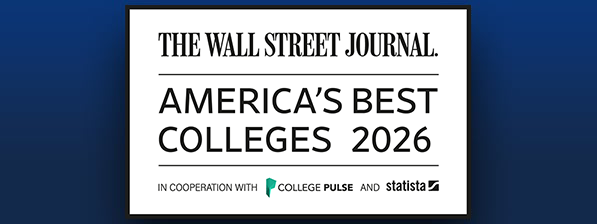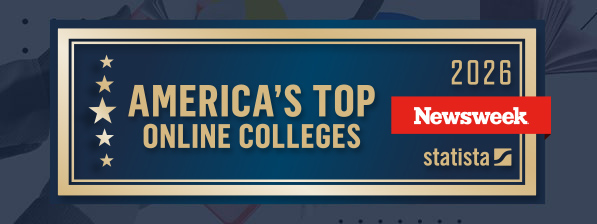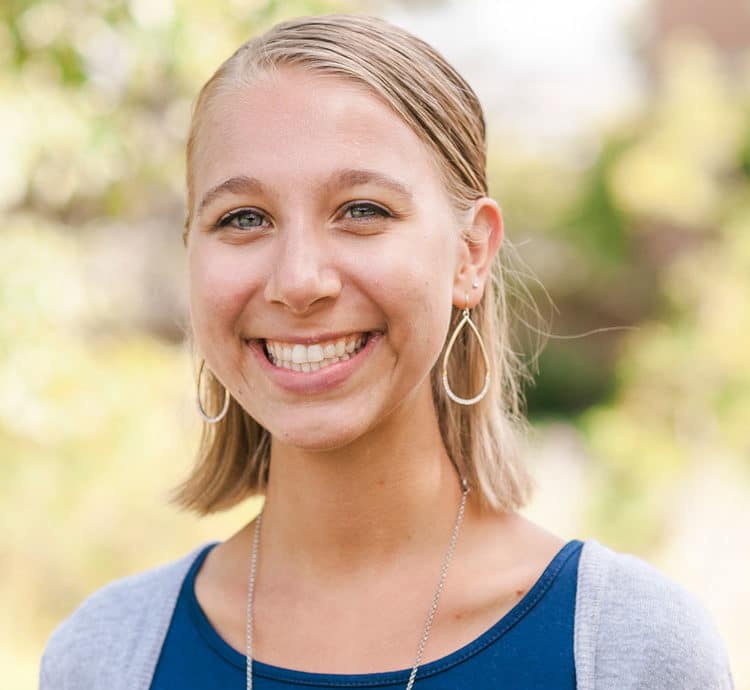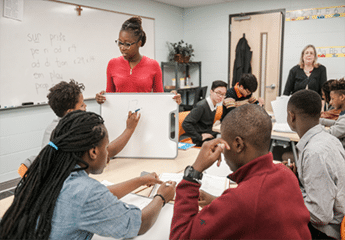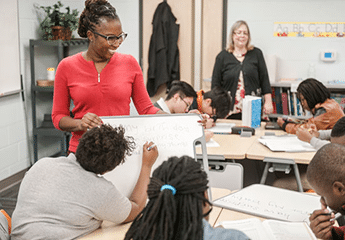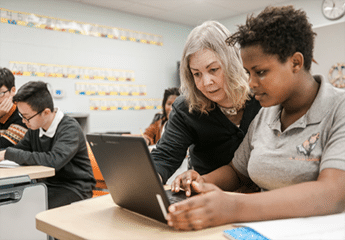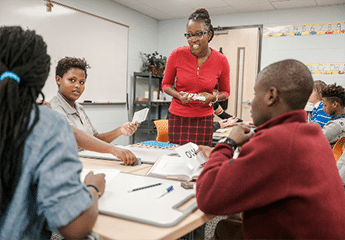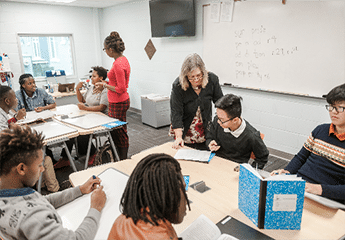When you think of a classroom, it may be tempting to picture the stereotypical classroom with lined up desks and a chalkboard.
You may picture a group of 20 or so elementary kids or pre-teens sitting in stiff seats. They’ve got their thumbed-through textbooks out on their tables and taking notes while the teacher lectures and writes on the board at the front of the room. Some may be falling asleep, others may be scribbling diligent notes to keep up with all the content. Some become restless and begin drumming on their tabletop until the teacher tells them to stop.
But it shouldn’t be a surprise that this is not the case for all classrooms. Whether elementary, junior high, high school or beyond, the learning environment has become more dynamic and interactive. The education system seems to be always changing, adapting and evolving into a better experience for students—and, arguably, for teachers as well.
Especially when it comes to TESOL, or teaching English as a second language, teachers need to be innovative and engaging with their students to be most effective. And oftentimes, the TESOL learning environment may look a little different than the classroom you may normally picture.
According to an article from NPR by Claudio Sanchez, about 1 in every 10 public school students are English language learners. That equates to about 5 million students in the United States. Being able to effectively teach students not only in English but in all the other subjects they need to know is of a high priority in order to equip students to thrive in their schooling and beyond.
To be prepared for the TESOL field, it’s imperative to have training and certification to provide the best experience for your students. While there are various levels of certifications, trainings and degrees, gaining knowledge, skills and experience in TESOL can equip you to empower your students to thrive with the English language.
FOUR THINGS YOU SHOULD KNOW ABOUT TESOL
“A school system can never be any better than the teachers teaching in it. If you want to start a revolution in education, make it happen in your own classroom.” —Sir Ken Robinson
So how are you to utilize education in TESOL to both thrive in your career and in helping others succeed? Here we share four important things you should know about the field and certifications in TESOL.
1) THE LINGO
When it comes to the field of TESOL, there are several acronyms that are used interchangeably, sometimes incorrectly. While some may mean the same thing, others take on a slightly different connotation. Below are some TESOL-related acronyms you may come across:
- EFL—English as a Foreign Language. English language programs that are not in English-speaking countries.
- ELL—English Language Learner. Students in an ESL or EFL program.
- ESL—English as a Second Language. English language programs in English-speaking countries.
- IELTS—International English Language Testing System. Standardized test of English language proficiency for non-native English speakers.
- IEP—Intensive English Program. English language program in a university setting that helps prepare students in language.
- TEFL—Teaching English as a Foreign Language. English education programs in EFL.
- TESL—Teaching English as a Second Language. English education programs in ESL.
- TESOL—Teaching English to Speakers of Other Languages. English education program that requires specialized training.
- TOEFL—Test of English as a Foreign Language. Standardized test to measure English language ability.
2) MOVE BEYOND THE TEXTBOOK
“If we teach today’s students as we taught yesterday’s, we rob them of tomorrow.” —John Dewey
If you’ve been in the education field for any length of time, you’ll know that students don’t all learn the same way. Some are visual learners or prefer to see resources to help them learn. Some are aural learners or prefer to hear information to best retain it. Others may be verbal learners or prefer to experience learning through the written word.
With so many different learning styles in one classroom, your teaching style can’t be static—whether teaching the English language or any other subject.
Training and experience in a TESOL degree program can help provide you the tools and knowledge to best connect with your students so that each and every one of them can thrive in language acquisition.
3) EXPLORE NEW CAREER OPPORTUNITIES
“Education is not the filling of a pail but the lighting of a fire.” —William Butler Yeats
Earning a certification in TESOL, particularly an M.A. in TESOL, equips you to make the career move you’ve been wanting to pursue. Having specialized training and experience within the field of TESOL will help you become a better educator and exhibit more marketable skills. Whether you opt for a TESOL Graduate Diploma, an ESL Endorsement or the M.A. in TESOL, you’ll be equipped with skills to follow your desired career path.
Being prepared with experience in being able to teach speakers of other languages, or English language learners, meets a need that is plaguing many schools. Claudio Sanchez notes how many states are experiencing a shortage of qualified teachers who can help English language learners excel. He notes that in 2016, 32 states reported that they have a shortage of having enough teachers for their English language learner students.
With training and acquiring skills in the field of ESL, you can fulfill a need schools desperately need to fill to see all their students succeed.
In addition to meeting needs, TESOL education programs also equip you for where you want to go in your teaching or leading career.
An article from Chron by Sara Mahuron notes that “TESOL programs prepare you to identify proficiency levels, understand students’ cultures and use resources for learning.” With this background, you can relate to your students more effectively and carry your skills and experiences on to other fields such as business or health care where the ability to communicate with non-English speakers.
Having a graduate degree in TESOL also opens up more doors to work and travel internationally. A degree increases your competitiveness in the teaching fields and makes you qualified for higher-paying jobs, notes Mahuron.
4) MAKE A DIFFERENCE FOR YOUR STUDENTS
As an educator, you have a unique role in having the opportunity to influence and make a positive difference in the lives of your students. Being equipped with practical knowledge and skills that you can apply directly to your learning environment can help encourage and empower your students. When you’re better able to teach, students are more likely to learn and succeed in the classroom and beyond. When you thrive, so do your students.
Imagine not only having to learn subjects such as basic algebra and the capitals of all the states but also the correct way to form complex sentences. Perhaps you’ve even had the experience of learning and working through a new language. Partnering with an experienced and qualified educator can make a big difference. With an education in TESOL, you can be that source of support and guidance for your ELL learners.
In a master’s degree program in TESOL, you’ll be exposed to common issues in TESOL as well as ways to address and overcome such challenges to see your students succeed. You’ll gain awareness of how language interacts with the sociocultural variables in sociolinguistics. Through methodology courses, you’ll also be able to develop your techniques and best practices for the classroom in enhancing your lesson plans.
Through TESOL education, you’ll be better equipped to be a positive influence in the lives of your students and equip them to thrive with effective education.
DISCOVER HOW YOU CAN MAKE THAT DIFFERENCE
Do you want to learn more how a degree in TESOL can empower you to be an influencer in your community? Discover your next step by exploring the M.A. in TESOL at Cornerstone University.
